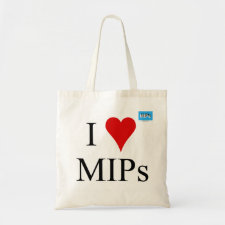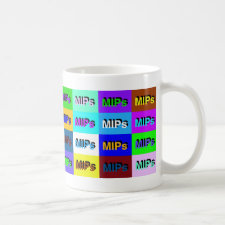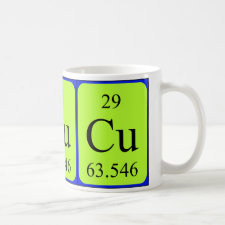
Authors: Mokhtar M, Dickson SE, Kim Y, Mekky W
Article Title: Preparation and characterization of ion selective membrane and its application for Cu2+ removal.
Publication date: 2018
Journal: Journal of Industrial and Engineering Chemistry
Volume: 60
Page numbers: 475-484.
DOI: 10.1016/j.jiec.2017.11.035
Alternative URL: http://www.sciencedirect.com/science/article/pii/S1226086X17306408
Abstract: Membranes are used in industrial wastewater treatment for the removal and recovery of heavy metals. A persistent challenge in heavy metals removal using membranes is the lack of selectivity for specific target ions, such as the removal and recovery of copper from other metal ions in industrial wastewater. This work reports the preparation of a new Cu(II)-selective ion-imprinted polymeric membrane. Membrane synthesis was conducted by applying an advanced immobilization method which comprises the preparation of polymerizable chelating monomer divinylbenzyl triethylenetetramine (diVB-TETA), the formation of the copper complex Cu-divinylbenzyl triethylenetetramine monomer (diVB-TETA-Cu), the polymerization/cross-linking of diVB-TETA-Cu within the Polyvinylidene fluoride (PVDF) pores to produce a copper-loaded membrane and finally the leaching of the copper (imprinting) from the membrane to produce ion-imprinted PVDF/diVB-TETA-Cu membrane. The chemical, elemental morphological properties of the synthesized ion-imprinted membrane were characterized by Fourier transform infrared spectroscopy (FT-IR), Scanning electron microscope coupled with Energy dispersive X-ray spectroscopy (SEM-EDS), Proton nuclear magnetic resonance (1H NMR) and Carbon-13 nuclear magnetic resonance (13C NMR). To assess selective separation of Cu2+ from the mixture of Cu2+ and Ni2+, adsorption at different pH settings and diffusion permeation experiments were carried out. The results show that diVB-TETA-Cu was successfully synthesized and its immobilization through polymerization/cross-linking almost filled all PVDF pores. The PVDF/diVB-TETA-Cu membrane permeation flux ratio of Cu2+:Ni2+ is 3.78. The prepared membrane is suitable for Cu2+ ion selective separation processes
Template and target information: copper ion, Cu(II)
Author keywords: Chelating membrane, PVDF, Cu selectivity, Heavy metal separation, Triethylenetetramine (TETA)



Join the Society for Molecular Imprinting

New items RSS feed
Sign-up for e-mail updates:
Choose between receiving an occasional newsletter or more frequent e-mail alerts.
Click here to go to the sign-up page.
Is your name elemental or peptidic? Enter your name and find out by clicking either of the buttons below!
Other products you may like:
 MIPdatabase
MIPdatabase









